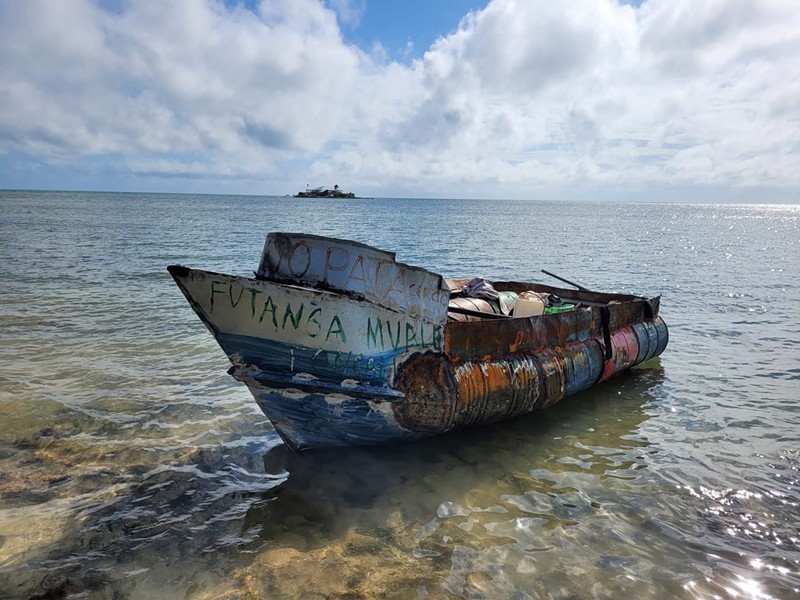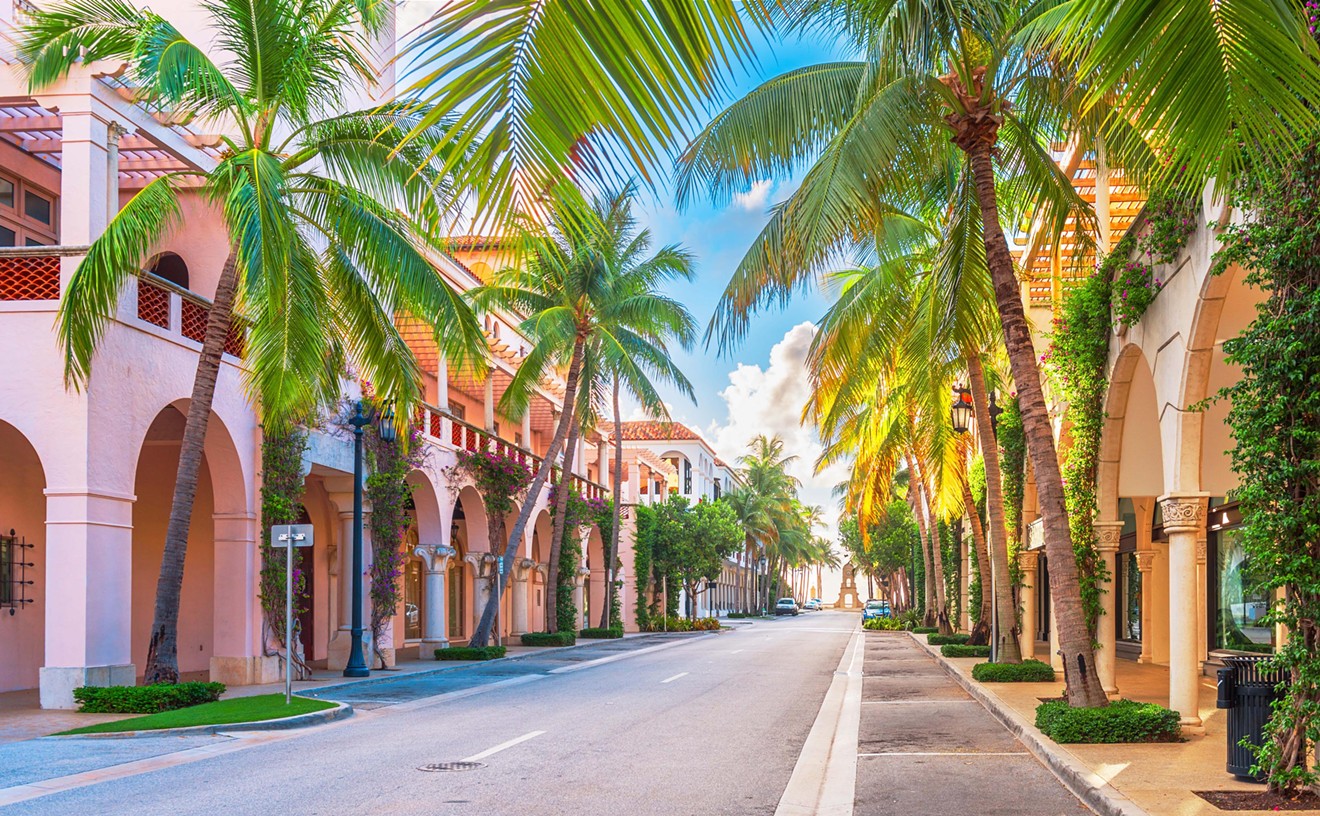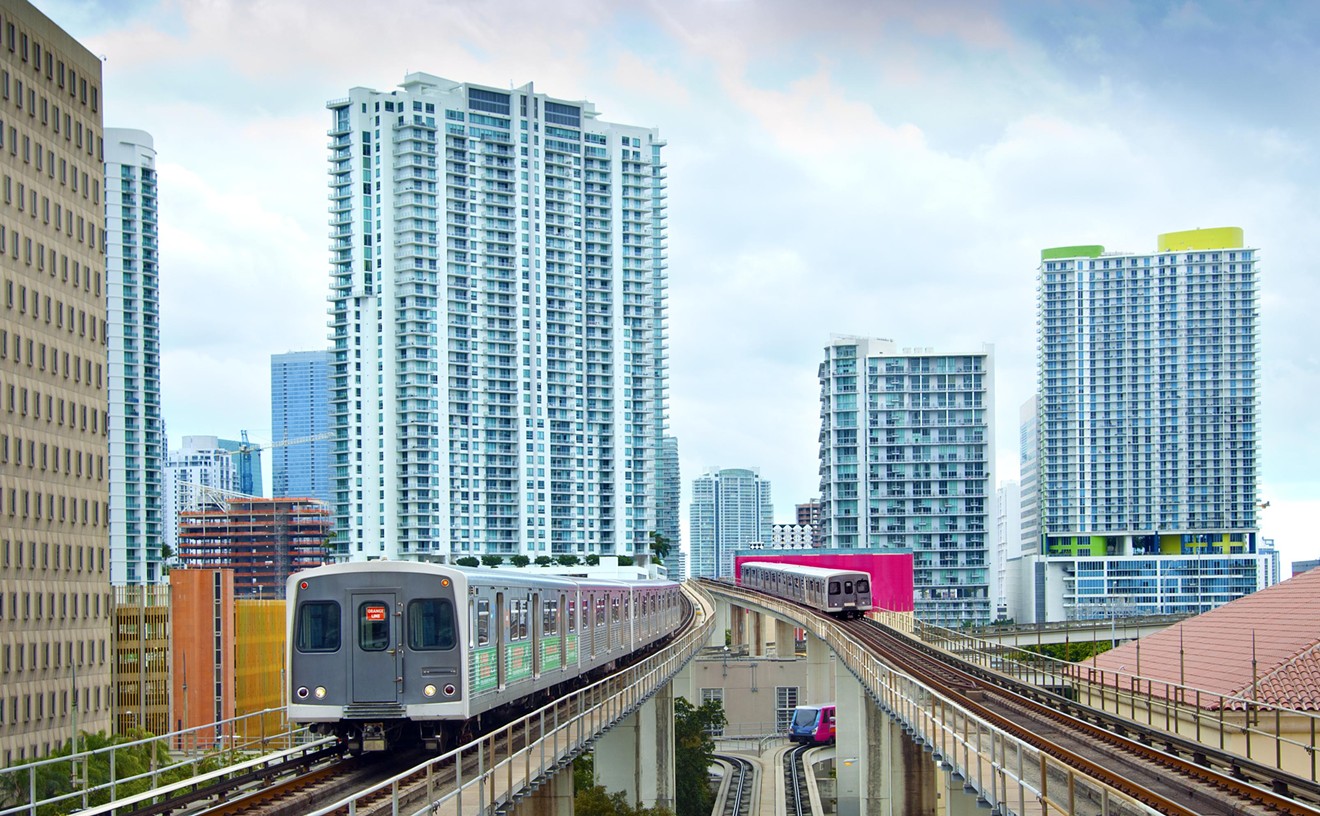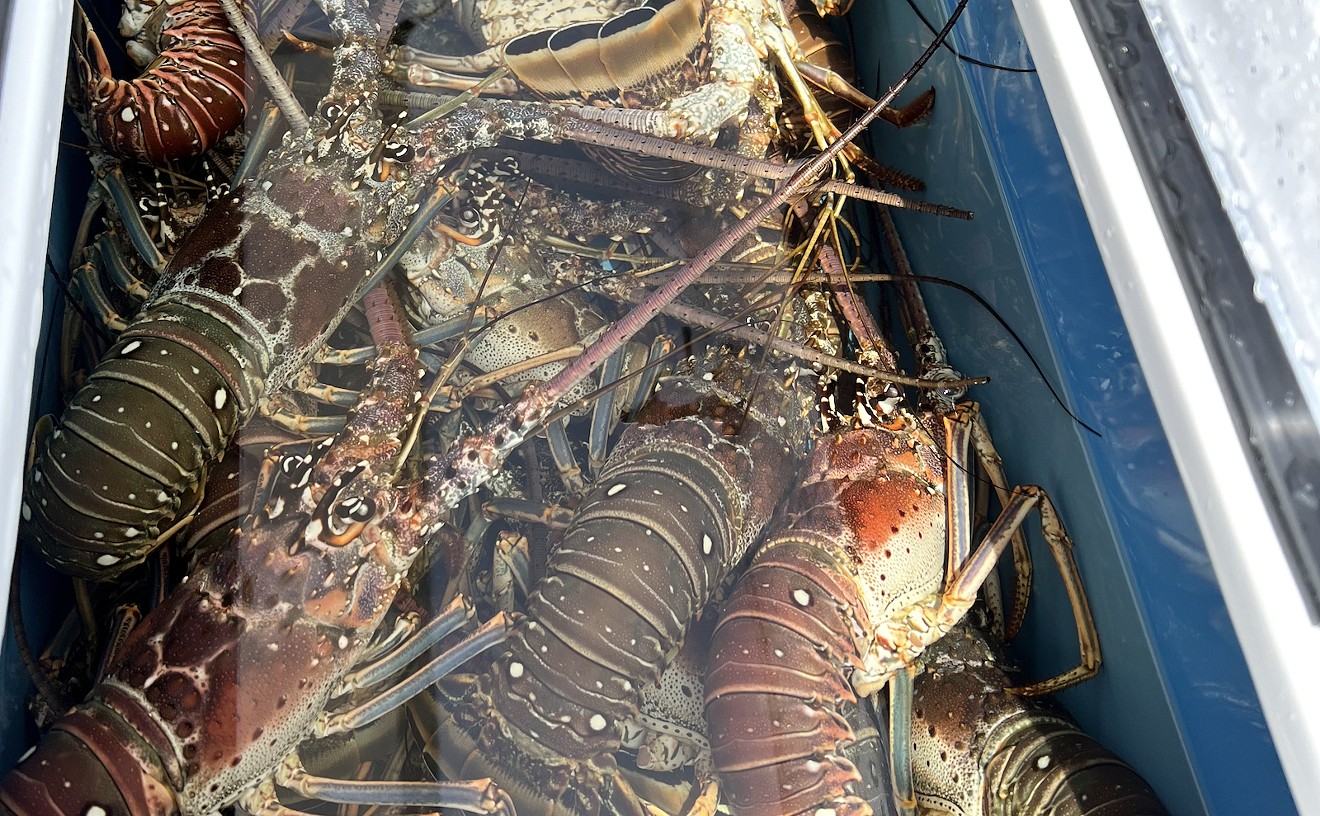Over the past week, sea-worn boats packed with migrants have been arriving in the Keys daily, with crowds congregating around the islands in anticipation of processing by federal immigration officials.
The U.S. Border Patrol Miami Sector, which is responsible for enforcement across Florida, has experienced a more-than 400 percent increase in migrant encounters since October, according to Chief Patrol Agent Walter Slosar.
Jorge Duany, director of the Cuban Research Institute at Florida International University, tells New Times that Cubans are leaving the island nation in historic numbers amid the lingering economic downturn.
"It is a continuation of last year. Cubans are leaving the island in any way they can, mostly by air and then land, but also record numbers of people arriving by sea," Duany says. "It is going to continue to increase before it decreases."
This past weekend, the arrival of hundreds of Cuban migrants by boat forced Dry Tortugas National Park, seventy miles west of Key West, to close so federal agents could process the migrants. On Sunday morning, Slosar said that border patrol agents and local law enforcement had responded to ten migrant landings in the region since midnight the prior evening.
Monroe County Sheriff Rick Ramsay, whose office is assisting Border Patrol in its response, called the influx a "humanitarian crisis" fueled by a lack of preparedness by the federal government.𝙉𝙚𝙬 𝙔𝙚𝙖𝙧’𝙨 𝘿𝙖𝙮 𝙞𝙣 𝙁𝙡𝙤𝙧𝙞𝙙𝙖:
— Chief Patrol Agent Walter N. Slosar (@USBPChiefMIP) January 1, 2023
Over 160 migrants have been encountered today in the #Florida Keys. Border Patrol agents with support from federal, state, and local LE partners responded to 10 migrant landings since midnight. #Breaking_News #NewYear #NewYear2023 pic.twitter.com/Q4KkGqhduI
Ramsay said federal agencies failed to develop a working plan to "deal with a mass migration issue."
"The Sheriff's Office has been told by the U.S. Border Patrol that some migrant landings may have to wait for federal resources to arrive until the following day, aggravating the mass migration in the Keys," the sheriff's office said in a January 2 statement.
Ramsay said that over the New Year's weekend, more than 160 refugees landed mostly in the Middle and Upper Keys. An estimated 300 more arrived on the Marquesas Keys and at Fort Jefferson in the Dry Tortugas, Ramsay said.
The influx of migrants continued on Tuesday.
As reported by the Miami Herald, more than 100 Haitians arrived on an overcrowded sailboat at a gated community in Key Largo from the northwest coast of Haiti. The group was taken by van to be processed by border patrol.
Other groups of Cuban refugees arrived in Key Largo, Islamorada, and Marathon.
The U.S. Embassy in Cuba announced today that it is reopening consular and visa services for the first time since 2017, when embassy employees developed mysterious illnesses dubbed Havana Syndrome.
The spike in Cuban and Haitian migrants arriving on Florida shorelines comes at a time when both countries are coping with economic and social upheaval.
In Cuba, U.S. sanctions and pandemic-related lockdowns worsened already difficult conditions for those living in the island nation. With its tourism industry battered, the country has experienced one of its worst economic downturns in modern history, fueling the exodus.
Since the July 2021 assassination of Haiti's President Jovenel Moïs, gang violence has spread across the country. In addition to the increase in killings and kidnappings, a gang-controlled blockade of an essential oil terminal caused a shortage of food and water, making life grueling for many Haitians and prompting some to make the trek to the United States.
Duany says he doesn't see any imminent improvement in the quality of life in Cuba that would remove the incentives to leave the country. The nation is still experiencing its second-worst economic crisis of the last 30 years, he says.
"Everything that we've seen... the blackouts, the scarcity of food, the scarcity of medicine, seems to be on the horizon for the immediate future," Duany says.
According to the Migration Policy Institute, the U.S. Coast Guard interdicted more Haitians over a seventh-month period in fiscal year 2022 than it had in any prior year since 1994.
The most recent nationwide data from U.S. Customs and Border Protection shows that the agency encountered more than 41,000 Cuban and Haitian migrants in November 2022, as compared to roughly 7,900 in November 2021. Most of the Cuban and Haitian migrants apprehended by Border Patrol had made their way to the U.S. by traveling to intermediary countries and then approaching stateside land borders, though a small minority attempted the trek directly by sea.












